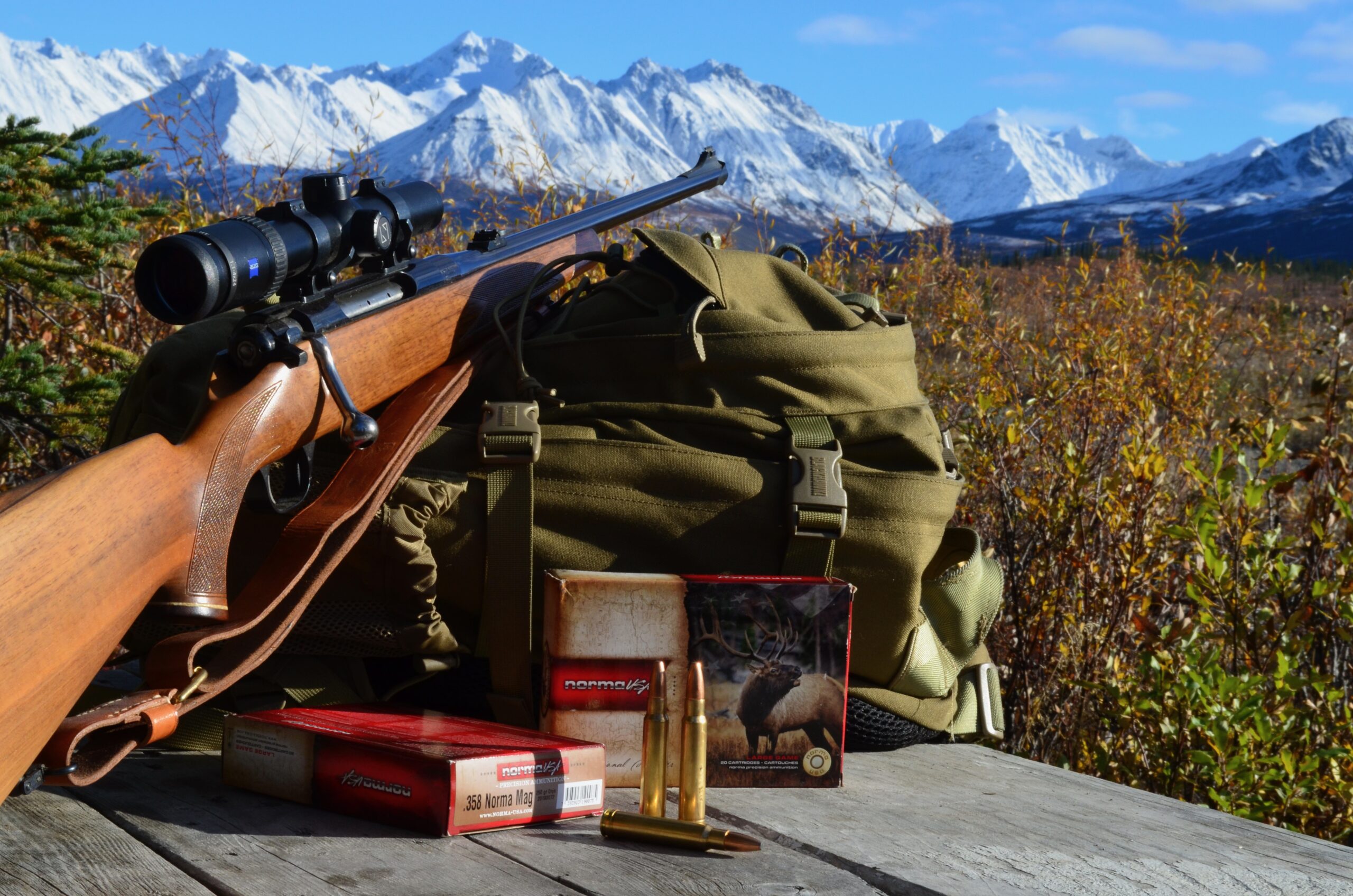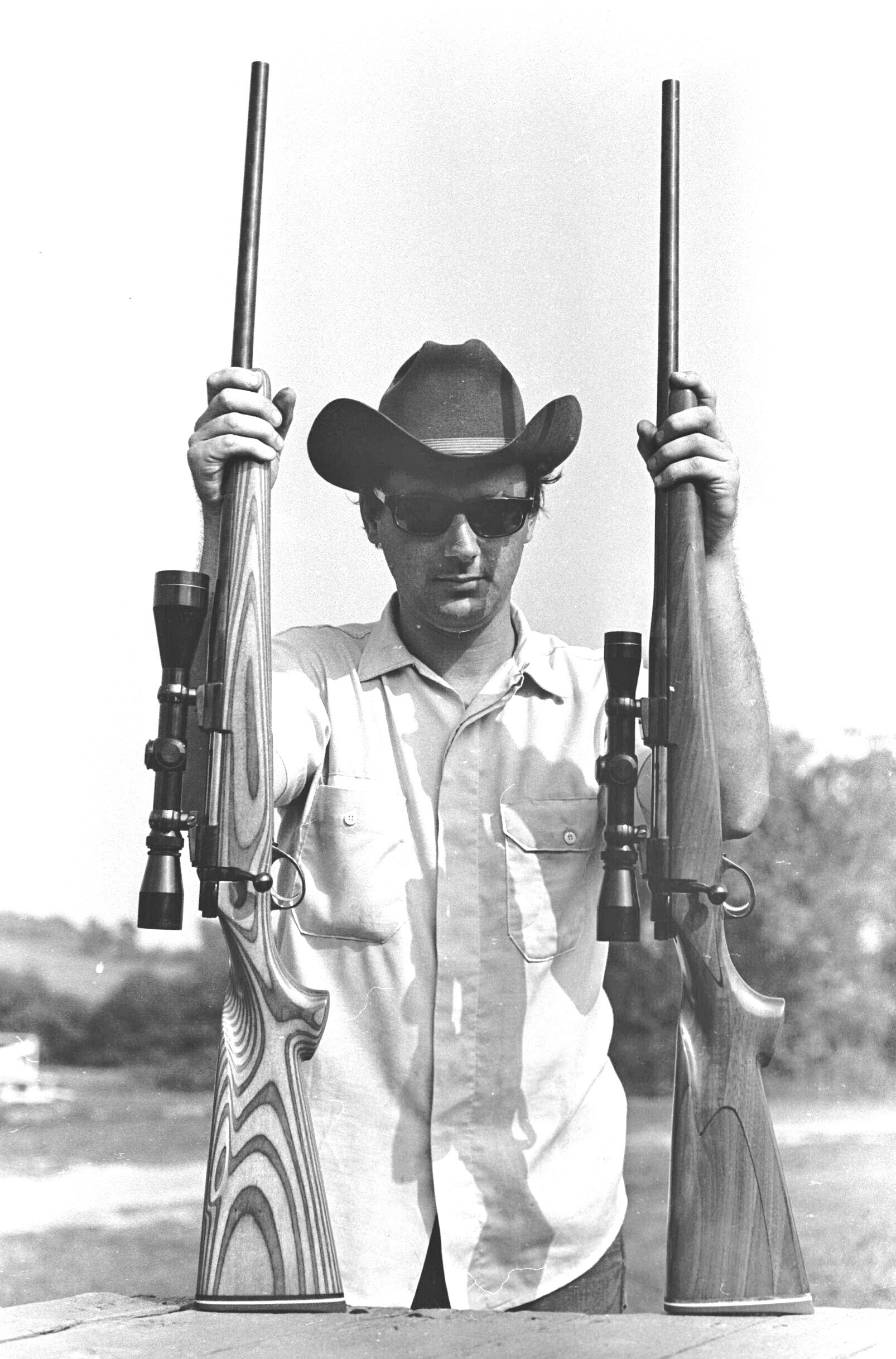By Terry Wieland
This story originally appeared in the August 2023 Edition of SCI’s Safari Times.
Had anyone asked me to name the most desirable chamberings in the eminently desirable pre-‘ 64
Winchester Model 70, the .22 Swift would have been high on my list. And, has anyone asked the
chambering least likely to be found in pristine condition, the Swift would have been on that list, too.
There is no secret why: Since its introduction in 1935, in the Model 54 bolt action, the Swift has
been widely condemned for burning out barrels, sometimes in as little as a few hundred rounds,
depending on the shooter’s taste for white-hot handloads or burning ammunition like a
machinegun.
Logically, then, any Swift that has seen some use at all should have a bore as black and crusty as an
abandoned coal mine, or at least have dark streaks and copper fouling from the leade to the muzzle.
Although I’ve never hungered for a Swift the way I have for a .256 Winchester Magnum (no,
really!) or a .505 Gibbs, or even a .257 Weatherby, I have a curious, but not unique, failing: I will
sometimes buy ammunition for a rifle I don’t own, because it’s rare, or a bargain, or whatever, and
then begin a relentless pursuit of a rifle to shoot it with.
A few months ago, my gunshop unearthed four boxes of Remington factory .220 Swift and parted
with it for 20 bucks a box. Who could turn that down? Then began the search. I kept piling up
rejections from makers of new rifles, big and small, and began to despair when Rock Island published
its catalogue for the June 7 auction. What did I find? A pre-’64 Model 70, original and un-messed-
with, in beautiful condition. Most important, the bore looked like it had hardly been fired.
I hurriedly registered an advance bid, then prepared to bid by phone the next day. To my surprise, I
got the rifle for near the low end of what I was prepared to pay: A little more than $1,800,
including buyer’s premium and tax. What a bargain, methinks!
Two weeks later, another auction, and this time there are six – count ’em, six -Swifts for sale. One
was a customized, restocked, heavy-barreled varmint model, the others standard original Model 70s
like mine. The custom job sold for only about $1,400, while the other five brought prices in line
with mine. And, according to the descriptions, each had a near-perfect bore.
The .220 Swift is one of the most unjustly maligned cartridges in history, having been accused of
everything from erratic accuracy to using the wrong pronouns, but the bottom line is that it’s a
fantastc cartridge. It’s the best-ever developed for long-range varmint hunting, is capable of exquisite accuracy, and once Winchester started using stainless and other steel alloys for barrels, the bore-burning generally disappeared.

The best description I’ve read about the Swift’s troubled history is in Jim Carmichel’s 1975 book,
“The Modern Rifle.” Carmichel is an unapologetic member of the .220 Swift cult, and there is little
he doesn’t know about rifles. He reported that most of the “burned out” Swifts that came his way
were restored to health with a good cleaning once the mysteries of cuprous fouling and effective
solvents were widely known.
With a 48-grain bullet leaving the muzzle at 4,110 feet per second, the most unjustly maligned
cartridges fouling is going to be a problem, no question about it. The answer is proper cleaning
performed a little more often than your .30-06. The .220 Swift nuts of my acquaintance already
know this.
It is too early to say what my Swift will do. Some experimental loads with the traditional, and still
best, powder, IMR 4064, delivered a top average velocity of 4,209 fps, with an extreme spread of
six (6!) fps, using Nosier 50-grain Ballistic Tips. This is from a 26-inch barrel, and the only (slight) sign
of high pressure was three (slightly) unsnug primer pockets at the very top.
As it nears 90 years of age, the Swift is far from dead, has outlived all its early critics, and outlasted
most of its rivals. And, good as some of the newer cartridges might be, you won’t find any in a rifle
as nice as an original 1953 Winchester Model 70.
Terry Wieland is a writer specializing in fine firearms. He has hunted on four continents, including
14 trips to Africa, and has written for Safari Times for 26 years. His latest book is “Great Hunting
Rifl,es Victorian to the Present.” Wieland’s biography of Robert Ruark, “A View From A Tall Hill,” has
been reprinted in paperback by Skyhorse.




